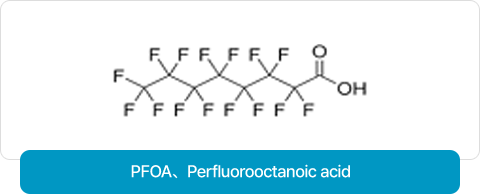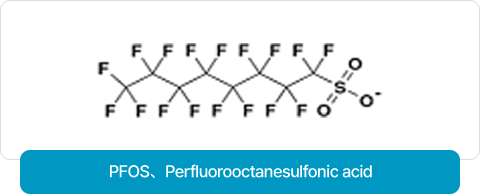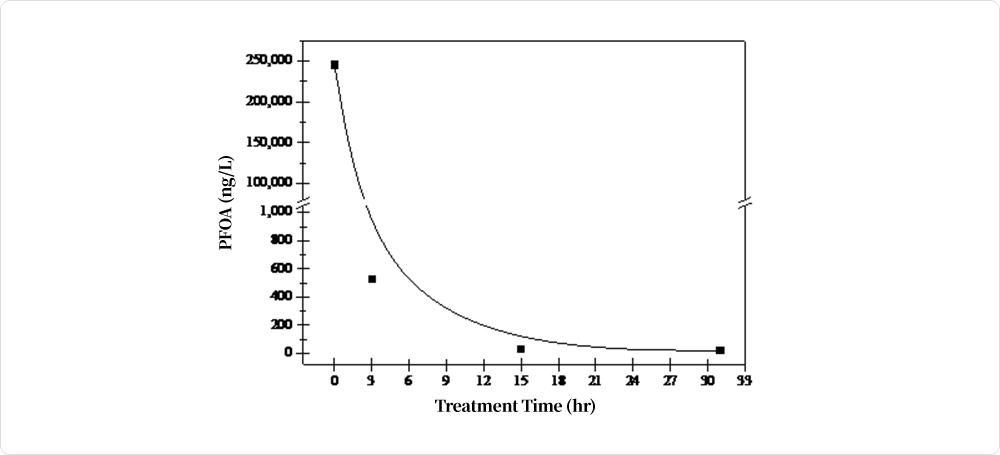INDUSTRIES APPLICATIONS
HOME > INDUSTRIES APPLICATIONS >
Poly- & Per-fluorinated Compounds
Per- and polyfluoroalkyl substances (PFAS)
- Substances in which hydrogen in the hydrocarbon backbone is replaced with fluorine. Examples include perfluorooctanoic acid (PFOA) with more than 6 carbon atoms and perfluorooctane sulfonic acid (PFOS) with more than 7 carbon atoms, as well as their salts and other compounds
- Widely used in various industries for applications such as surfactants, surface treatment agents, fire-fighting foams, semiconductor cleaning agents, insecticides, and thermal insulators.


Environmental Problems of PFAS
-
In South Korea, the Ministry of Environment has been conducting source investigations on per- and
polyfluoroalkyl substances (PFAS) since 2005. -
The main routes of human exposure include consumption of contaminated food or drinking water,
as well as inhalation of indoor air and dust. -
PFAS have been previously reported to have carcinogenic and negative developmental effects, and recent studies have
also indicated potential negative impacts on reproductivity. -
Conventional treatment methods, such as advanced oxidation processes (AOPs), are commonly used for the treatment of
non-biodegradable substances. However, PFAS compounds have high energy requirements for breaking down the C-F bond,
making them challenging to degrade in general wastewater treatment processes. Therefore, new environmental technologies
are required to address this issue.
Analysis of ultrasound treatment results for PFOA, PFOS
Analysis of liquid chromatography (LC) results following ultrasound treatment of PFOA.
- In accordance with the National Institute of Environmental Research (Korea) Notice No. 2019-70, which pertains to the standards and methods for testing and inspection of safety confirmation target consumer chemical products.
- Ultrasound treatment conditions resulted in a maximum reduction effect of up to 12,000 times.


Analysis of liquid chromatography (LC) results following ultrasound treatment of PFOS
- n accordance with the National Institute of Environmental Research Notice No. 2019-70, which pertains to the standards and methods for testing, inspection, and safety confirmation of consumer chemical products.
- Ultrasound treatment conditions resulted in a maximum reduction effect of up to 50 times.



